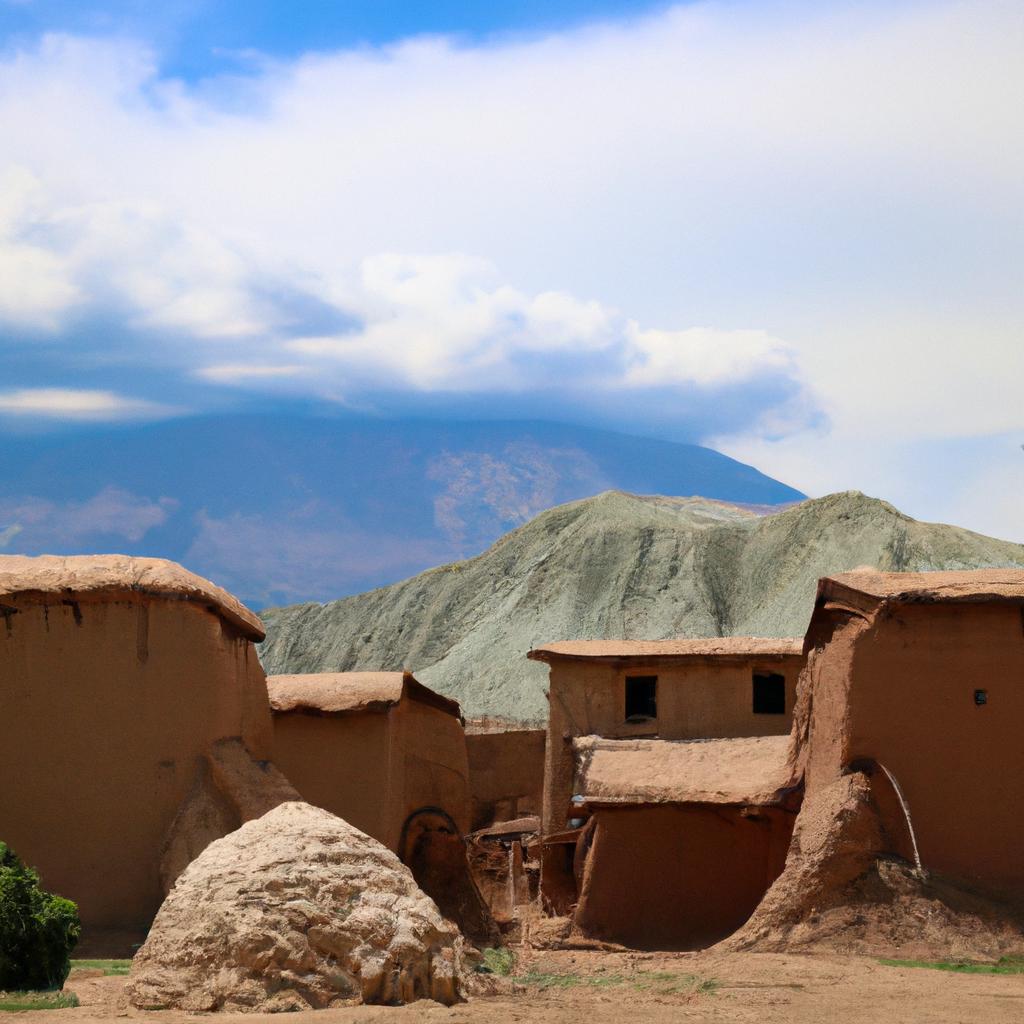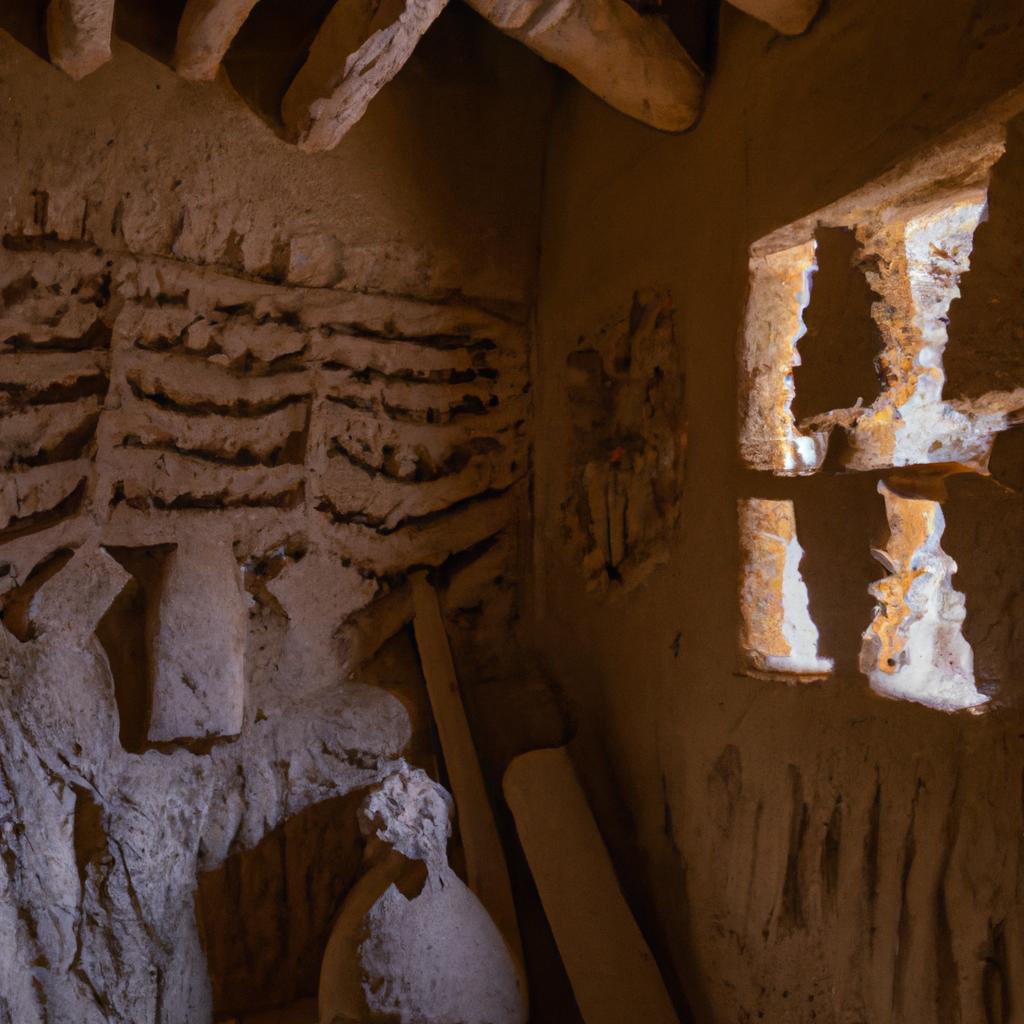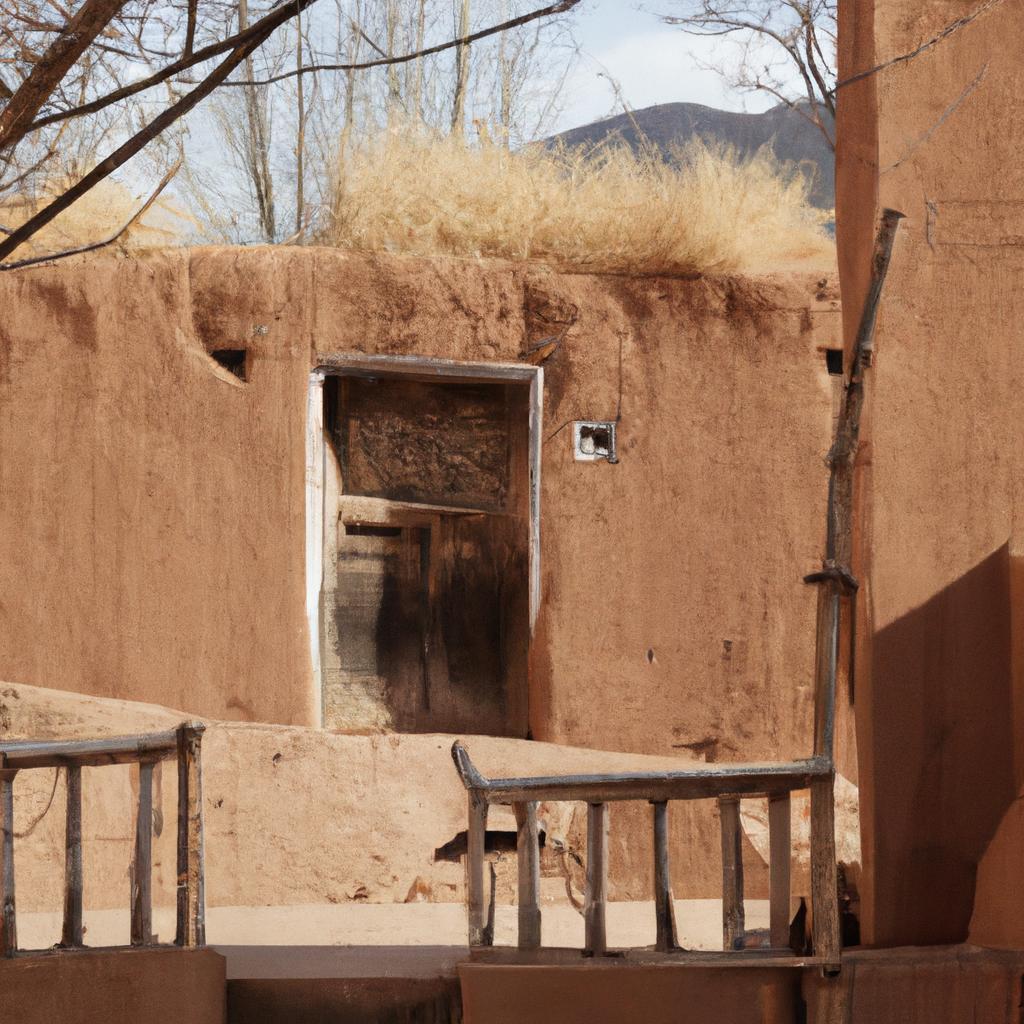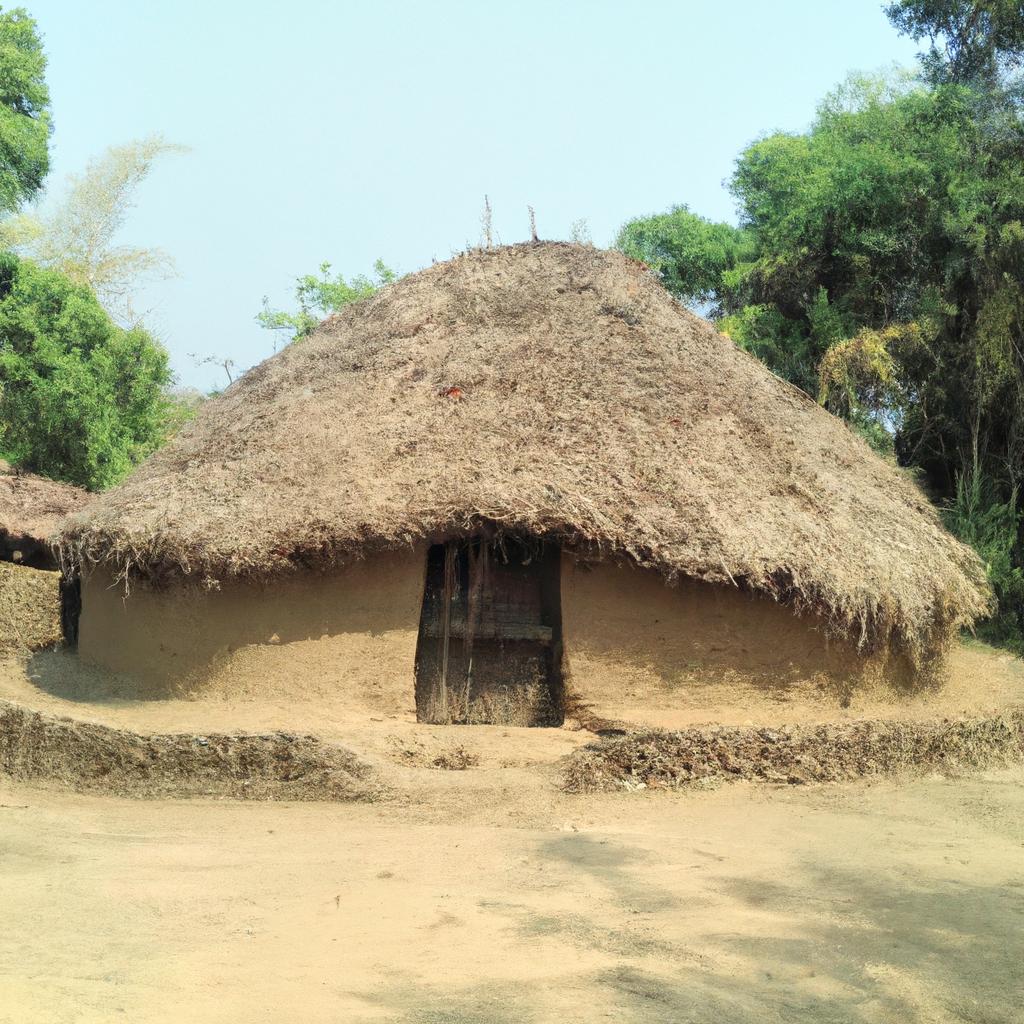
Mud houses have stood the test of time, remaining a popular choice for many people seeking affordable and sustainable housing options. The availability and ease of working with mud make it an attractive building material. In this article, we will explore the materials required, steps involved in building a mud house, tips for durability, and the design possibilities of mud houses.
Materials Required for Building a Mud House
To build a mud house, you will need the following materials:
- Mud: Clay-rich soil or a mixture of sand and soil can be used to make mud.
- Straw: Used to reinforce the mud and prevent cracking.
- Rocks or bricks: These provide the foundation and support for the mud walls.
- Wooden poles: Used to frame doors and windows.
- Tools: Shovels, buckets, trowels, and a wheelbarrow are necessary for mixing and transporting the mud.
Steps Involved in Building a Mud House
Building a mud house requires patience and hard work. Here are the steps involved:
- Foundation: Dig a shallow trench and fill it with rocks or bricks to provide support for the mud walls.
- Frame the doors and windows: Use wooden poles to frame the openings.
- Mix the mud: Combine mud with straw to reinforce it and prevent cracking.
- Apply the mud: Apply the mud to the walls in layers, allowing each layer to dry before adding the next.
- Smooth the walls: Use a trowel to smooth the walls and remove any irregularities.
- Build the roof: Use wooden poles and thatch to construct the roof.
- Finish the walls: Once the walls are dry, paint or plaster them for a finished look.
Tips for Building a Durable and Sustainable Mud House
To ensure that your mud house is durable and sustainable, consider the following tips:
- Choose a well-drained site away from trees or structures that could damage the walls.
- Properly mix the mud to ensure it is strong and durable.
- Reinforce the mud with straw to prevent cracking.
- Build a strong foundation to support the weight of the mud walls.
- Install gutters to redirect rainwater away from the walls.
- Regularly maintain the mud walls by patching cracks and applying a fresh coat of mud every few years.

Designing a Mud House: Embracing Aesthetics and Modern Comfort
Designing a mud house goes beyond the rustic look. It’s an opportunity to create an aesthetically pleasing and functional home. Mud houses come in various architectural styles such as cob, rammed earth, adobe, and wattle and daub. Each style has unique features suited for different environments.
Consider the local climate and environmental conditions when designing a mud house. Proper insulation, ventilation, and orientation are crucial. Incorporating modern amenities like plumbing, electricity, and heating systems can make a mud house comfortable and livable. Work with professionals experienced in mud house design to ensure structural integrity while integrating modern amenities.
Maintaining a Mud House for Longevity

Maintaining a mud house is essential for its longevity. Regular maintenance practices include:
- Inspecting exterior walls for cracks and filling them with mud.
- Coating interior walls with a protective layer of mud every few years.
- Cleaning walls regularly to prevent the accumulation of dust and debris.
- Inspecting the roof for leaks or damage at least twice a year and making necessary repairs.
Common problems faced by mud houses include water damage, insect infestation, and mold growth. Proper drainage, natural insecticides, and adequate ventilation are key in preventing these issues.
Proper maintenance ensures the long life of a mud house, making it a sustainable and eco-friendly living space for generations to come.
Living in a Mud House: Embracing Nature and Sustainability

Living in a mud house offers a unique experience that connects you with nature and supports a sustainable lifestyle. Mud houses have numerous benefits, including energy efficiency, natural insulation, and a minimal carbon footprint, leading to lower utility bills and reduced environmental impact.
To make a mud house comfortable, ensure proper ventilation and incorporate modern amenities. Strategic placement of windows and doors allows for natural airflow, and adding plumbing, electricity, and heating systems can transform a mud house into a modern and cozy home.
Living in a mud house also presents an opportunity to adopt eco-friendly practices. Reduce water and energy consumption by using low-flow fixtures and energy-efficient appliances. Embrace sustainable gardening practices like composting and rainwater harvesting to further minimize waste and conserve water.
In conclusion, a mud house is not just an ancient form of architecture. It is a sustainable and affordable housing option that offers numerous benefits. By considering the materials, design, maintenance, and living aspects of mud houses, you can create a unique and eco-friendly home.
Discover more sustainable living options and gain inspiration for your next housing project at TooLacks. Thank you for reading, and we look forward to being your guide on your journey to sustainable living.



